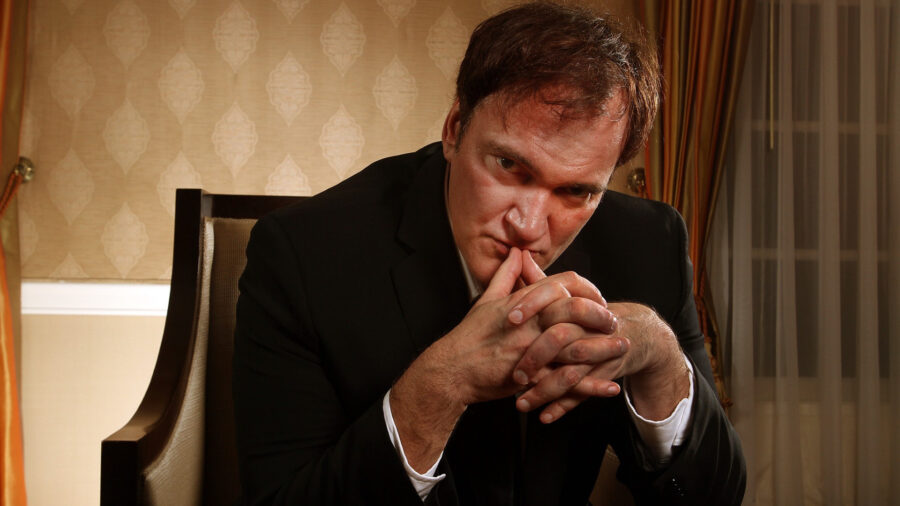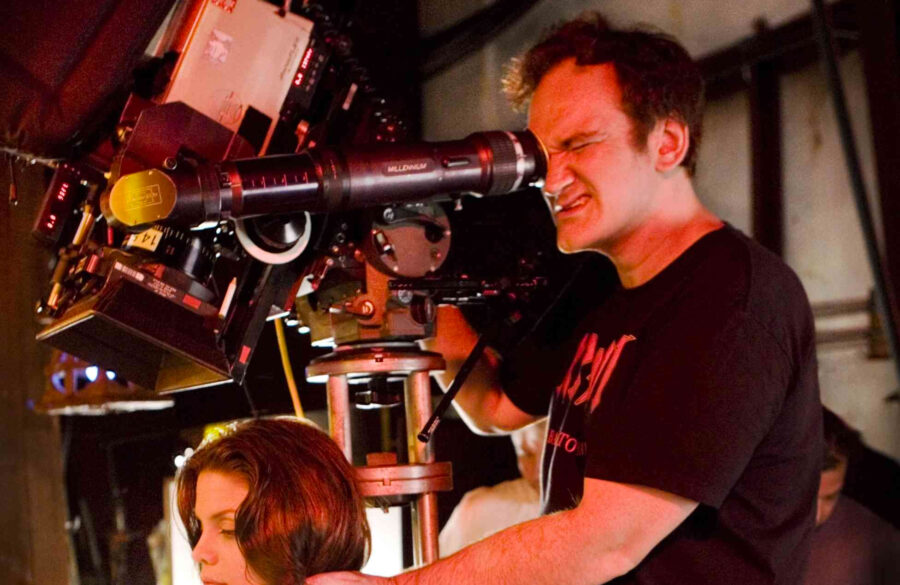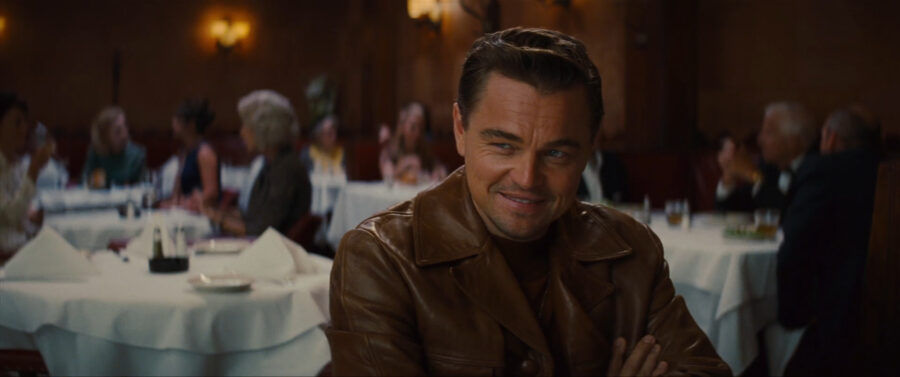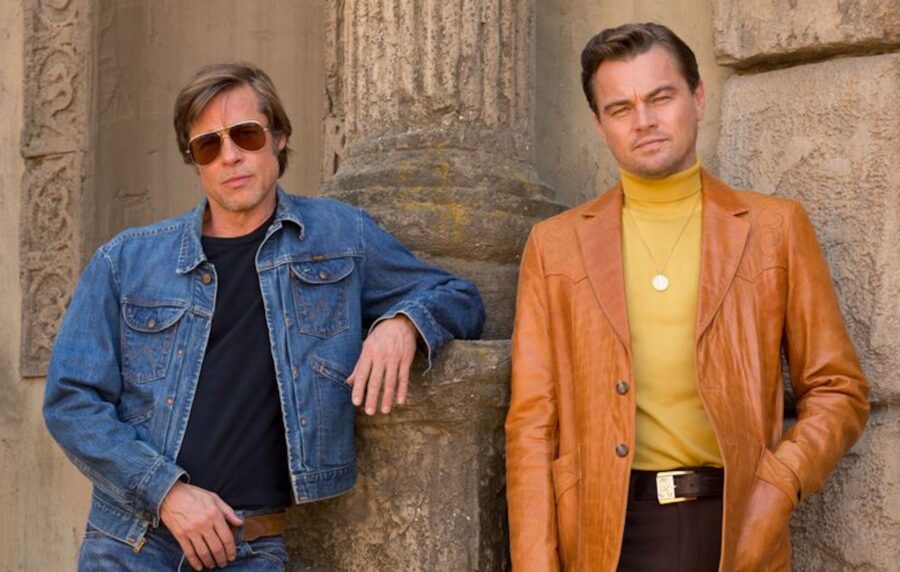Quentin Tarantino Removed Leonardo DiCaprio’s Favorite Scene From One Movie
Quentin Tarantino recently came out and admitted that he had to remove his favorite Leonardo DiCaprio scene from a movie because of time
This article is more than 2 years old

Quentin Tarantino revealed that he had to leave one of his and Leonardo DiCaprio’s favorite scenes from Once Upon a Time In Hollywood on the cutting room floor, never to be seen on-screen.
The 2019 film was a big one for Quentin Tarantino, earning him his most recent Oscar nominations as well as sparking some controversy over his treatment of real-life Hollywood figures that crossed paths with Leonardo DiCaprio’s fictional celebrity, Rick Dalton. However, during a recent interview, the acclaimed director noted that the film will always be a little bit incomplete to him thanks to the omission of a scene that he simply couldn’t justify including in the finished product.
As Quentin Tarantino describes on Cinemablend’s ReelBlend podcast, the scene saw Leonardo DiCaprio and Trudi Fraser’s character have an emotional phone conversation with each other after meeting on the set of Lancer that left them both in tears, along with the director himself.

“That was my favorite scene in the script,” Quentin Tarantino explained. “So the idea that that wouldn’t be in the movie was unfathomable. That was my favorite scene in the script. I think it was probably Leo’s favorite scene that he shot. We were in tears.”
Quentin Tarantino explained that the scene not only left Leonardo DiCaprio and Trudi Fraser in tears, but he revealed it was one of the only times in his long and storied career of directing emotional scenes that actually left him dabbing his eyes behind the camera. He doubled down and noted that it was far and away the scene he was most proud of in the movie.
Why then did it not make the final cut? Quentin Tarantino explained that the reason simply had to do with servicing the larger plot he was trying to present.
The director explained that the Leonardo DiCaprio-led film clocks in at an already massive 2 hours and 40 minutes. As a result, he needed to take a hard look at the story during the edit and, unfortunately, scrap some things that didn’t do enough to service the larger narrative. He also noted that the scene felt like an ending to the movie, which he was fine with provided the August section of the story and its connection with the Manson family murders could feel like an epilogue. However, Quentin Tarantino revealed that he discovered in the edit that he couldn’t make his movie work with two endings and needed to dramatically rethink his third act.

“That happens a lot in movies. You drop scenes that are really terrific. But a timeline imposes itself on the cut. And if it falls outside of that timeline, then no matter how good it is, it’s got to go,” Quentin Tarantino added.
Fortunately for curious Once Upon a Time In Hollywood fans, they can get a small glimpse at what was left on the cutting room floor. Quentin Tarantino included the phone conversation in his recently released novelization for the film. The New York Times notes that not only does the novel give Tarantino a chance to show off his writing prowess, but his decision to release it as a 1970s-style pulp book further transports the reader to the era that the story tries so hard to capture.
While the moment can be read by fans, it, unfortunately, won’t play out on-screen as Quentin Tarantino, Leonardo DiCaprio and Trudi Fraser intended in a visual medium. Still, that doesn’t mean that those who pick up the novelization of Once Upon a Time in Hollywood will get a watered-down version of the movie. According to the AV Club, the book actually holds a lot more information about the stories and characters than the movie was able to portray.

One example it notes is the infamous fight between Brad Pitt’s Cliff Booth character and Bruce Lee on the set of The Green Hornet. The scene has perhaps led to more controversy than any of the other moments in a largely controversial movie that brings real-world figures back to life in a fictionalized setting. Quentin Tarantino has had to answer for his portrayal of the martial arts expert and recently caught immense backlash from his daughter, Shannon Lee, after mouthing off about the topic once again on Joe Rogan’s podcast.
Shannon penned a lengthy rebuke of Quentin Tarantino in a guest column for The Hollywood Reporter in which she bashed the director’s continued efforts to paint her father in a bad light. While Bruce Lee had a notoriously high opinion of himself, Shannon notes that both the director and Hollywood at large tend to only focus on those aspects of him rather than the immensely worthwhile legacy he left behind in show business before his death in 1973.












